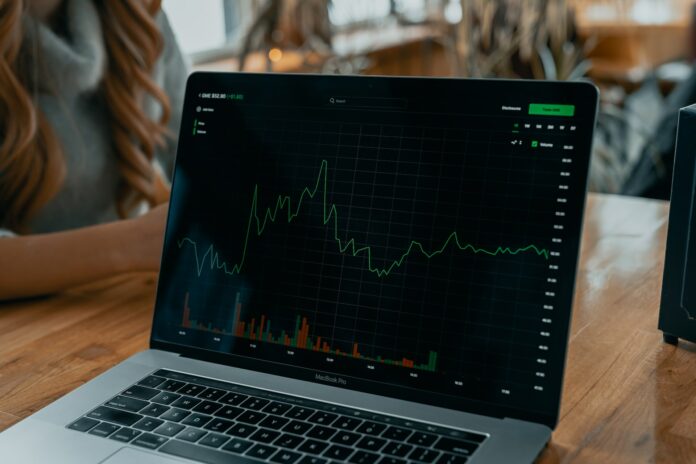Options trading is a type of financial market investing where investors buy or sell contracts on underlying assets. These can vary from stock options and commodities to currencies, indices and other derivatives. This form of trading can be complex, as it involves several different components and calculations, such as delta, gamma, vega, and theta. Each measures the option’s price movements and potential profitability differently. This article will discuss what each term means, how they are calculated and how to use them for options trading.
Delta
Delta measures an options contract’s price sensitivity to changes in the underlying asset’s price. It is expressed as a number between 0 and 1 or sometimes as a percentage from -100% to 100%. The higher the delta value, the more sensitive the option is to movements in the underlying asset; conversely, when it reaches 0, the option will no longer move with changes in the asset price. Options traders can use delta to decide when they should adjust their positions or take profits.
Gamma
Gamma measures how quickly changes in delta occur with each change in the underlying asset’s price. In other words, it measures how much leverage an option has on its owner. A higher gamma means that the delta will increase or decrease quickly with minor asset price changes. Depending on how they use it, it could result in large profits or losses for an option trader.
Vega
Vega is a measure of the options contract’s sensitivity to changes in volatility. It shows how much the option will move with changes in implied volatility, which is the expected future price range of the underlying asset. Options with high vega are more sensitive to these changes and can yield more significant profits when prices increase. Traders should be aware of vega when considering their trading strategies and consider any potential risks associated with it.
Theta
Theta measures how quickly the option’s value decays over time. An option’s theta tends to be harmful because it decreases in value as its expiration date approaches. Traders can use this metric to calculate how much they need to adjust their positions or take profits before their options expire.
How to include these in your trading strategy
Research
Research the underlying asset and its price movements to understand how each term affects the option’s price. Then, determine how you want to use these metrics in your trading strategy.
Calculate
Using a calculator or software, calculate delta, gamma, vega, and theta for any particular option contract you consider buying or selling.
Adjust
Depending on the market’s direction, use delta and gamma to adjust your positions accordingly. Use vega to decide when to enter positions and when to adjust them due to changes in volatility. Finally, use theta to measure time decay to take profits before expiration if needed.
Benefits of using delta, gamma, vega, and theta
There are several benefits to using these components in options trading. Traders can benefit by monitoring and adjusting positions based on real-time price movements. Furthermore, these metrics can help traders gain an edge in the market by identifying trends and taking advantage of them for more significant profits.
Risk Management
By understanding and taking into account delta, gamma, vega, and theta when trading options, traders can better manage their risk by adjusting positions depending on changes in price and volatility.
Profitability
Using these metrics also allows traders to take advantage of price movements in both directions – up or down – while reducing the risk associated with holding an option position for too long. It can lead to more profitable trades over time.
Timely Trading
By understanding theta, traders can make more timely decisions to take profits before expiration or avoid losses if the option’s value decreases rapidly.
Leverage
Knowing gamma will enable traders to determine which options contracts have more leverage, allowing them to take advantage of smaller price movements for more significant profits.
Volatility
By understanding vega, traders can adjust positions according to changes in volatility and take profits accordingly.








